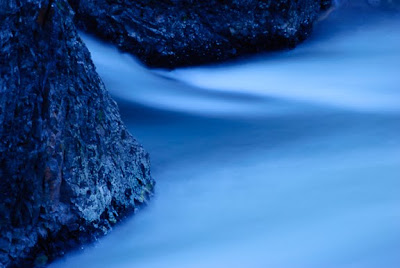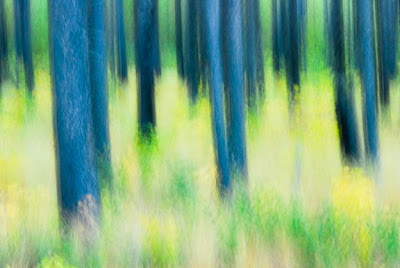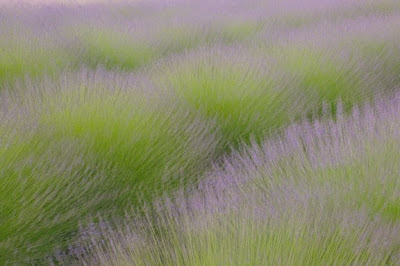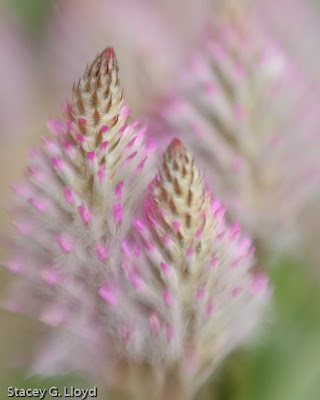As I went out for an early shoot last week I was pleased to find that the early morning mist (or fog) had returned. It is not near as frequent in the heat of summer. Foggy/misty mornings are probably my favorite shooting condition.
A couple comments on shooting fog.
- Generally setting your exposure compensation to +2/3 or +1 is best to keep the fog from being underexposed. Check your histogram.
- A little color in fog is very good thing. Sometimes it is naturally there: yellow from the sunrise or blue from twilight. A little magenta added via a filter or post-processing can be nice as well.
- Take advantage of the background separation that fog or mist provides. Trees that never stood out because of background clutter can suddenly be outstanding.
- If the subject is too far into the fog it can quickly loose its impact. Move in closer. Use a wider lens if necessary (or zoom less – often the case).
- We tend to see more depth and contrast then you will in the photograph. I find this even more so when shooting in fog. Closing one eye always helps.
- Objects staggered back into the mist create a great deal of depth.
Click on the blog image to see a gallery that illustrates many of these points. Or click here. Especially note the different color hues the fog takes on. It is often related to the surroundings.

















 But you can’t get real close to the subject. If instead you use your fingers to “push” the lens out and extend the corragated tube you can get closer and get a real shallow depth of field . With my 3G I push it to near maximum externsion and then lock it there. The images here in my blog were all shot that way.
But you can’t get real close to the subject. If instead you use your fingers to “push” the lens out and extend the corragated tube you can get closer and get a real shallow depth of field . With my 3G I push it to near maximum externsion and then lock it there. The images here in my blog were all shot that way.






